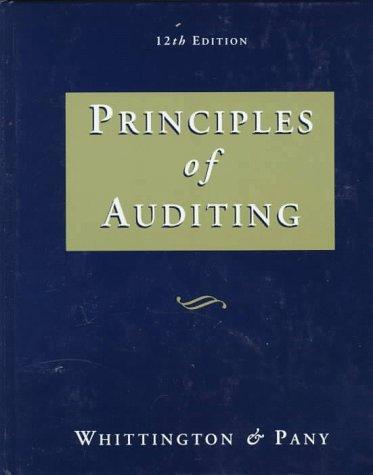Question
1. On July 1, 2017, the Daisy Co. sold $400,000 in long-term bonds to the Jewel Co. The bonds will mature in 10 years and
1. On July 1, 2017, the Daisy Co. sold $400,000 in long-term bonds to the Jewel Co. The bonds will mature in 10 years and have a stated interest rate of 9%. The market rate at time of issuance was 12%. Therefore, the bonds sold for $332,196. The bonds pay interest annually on June 30 each year. The bonds are to be accounted for under the effective interest method. Below is a partial bond amortization schedule.
| Cash | Interest Expense | Amortization | Carrying Value | |
| 7/1/2017 | 332,196 | |||
| 6/30/2018 | 36,000 | 39,864 | 3,864 | 336,060 |
| 6/30/2019 | 36,000 | 40,327 | 4,327 | 340,387 |
| 6/30/2020 | 36,000 | 40,846 | 4,846 | 345,233 |
If Daisy Co. buys back the bonds at 101 plus accrued interest on 12/31/2019, what is the gain/loss reported on the retirement of bonds? Be sure to include the $ amount and note gain or loss.
2. Apple Corp. issued a 6% note payable in the amount of $4.8 million on October 1, 2017. The note is payable in 4 equal annual payments of $1.2 million plus interest. The first interest and principal payment was made on October 1, 2018. Apple's fiscal year end is June 30th. On Apple's balance sheet at June 30, 2019, what amount should be reported as Interest Payable for this note?
Step by Step Solution
There are 3 Steps involved in it
Step: 1

Get Instant Access to Expert-Tailored Solutions
See step-by-step solutions with expert insights and AI powered tools for academic success
Step: 2

Step: 3

Ace Your Homework with AI
Get the answers you need in no time with our AI-driven, step-by-step assistance
Get Started


